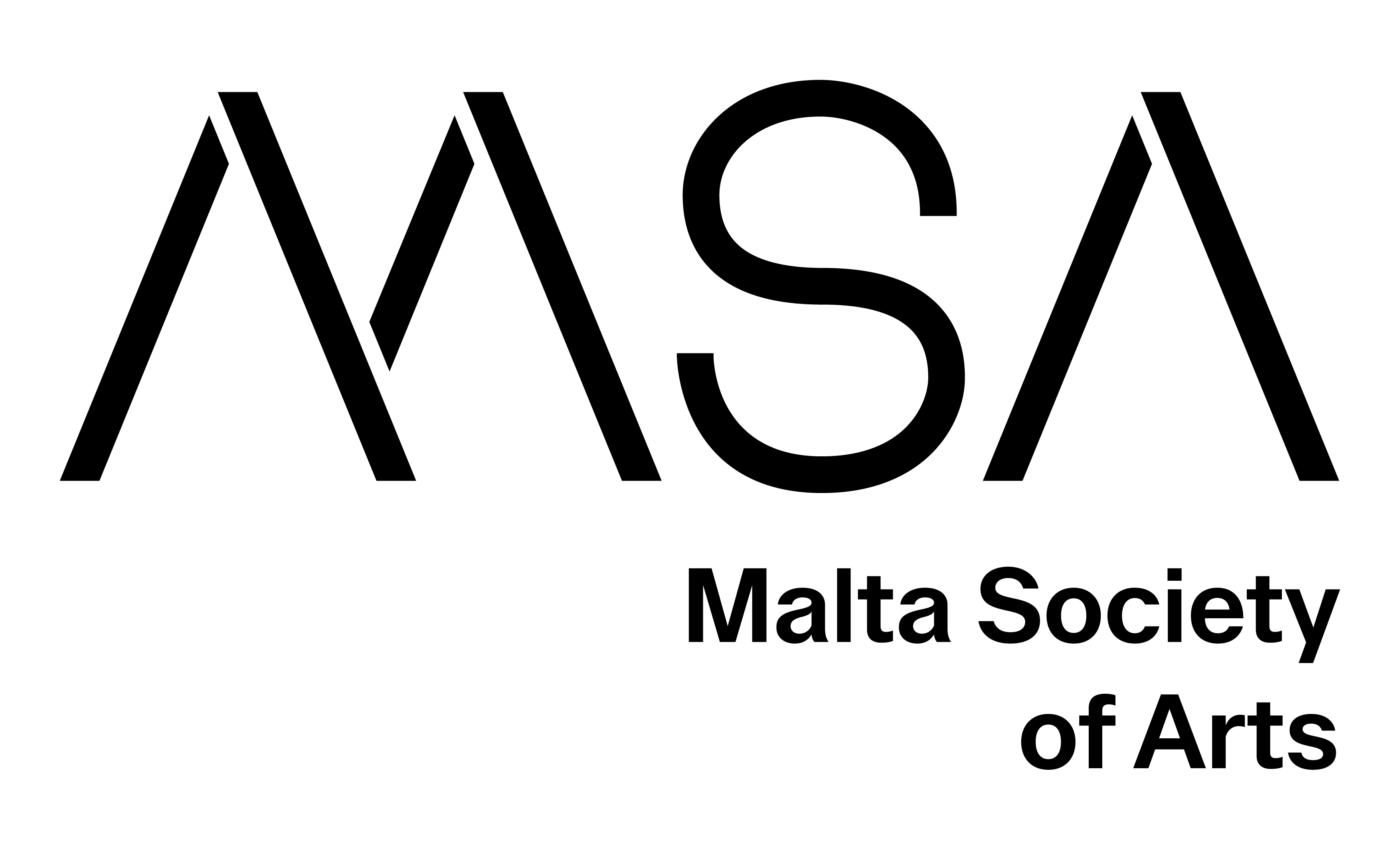2022
Single-channel video, stereo sound
We are neurologically predisposed to seek patterns in our surroundings, in fact, pattern recognition is our core cognitive ability, vital to our evolution and survival as a species—as it affords the capacity of prediction. In life, as in art, we take delight in the symmetries, growth patterns and morphologies of the natural world as through them we recognise our own formation. However, there is a constant flux between the regularity, or predictability of a pattern and a counter-current of instability or turbulence that might threaten to render it indecipherable. This is embraced in creative practice as we always require a twist to a narrative; a dissonant metaphor in a joke; or an unpredictable note to conclude a melodic series. This is the sweet spot, the point at which our expectations of regularity in a pattern are disrupted, but not too much, just enough to throw the brain into mild confusion.
It is the fissure, the reveal, and the punchline that reflects back on the narrative arc and plays with our assumptions. To walk this tightrope between order and chaos is one of the central techniques of art. By contrast, the task of Science is to distil clarity from chaos; to disambiguate the signal from the noise. This subtle distinction has frequently placed art and science in a polarised position, seemingly at opposite ends of the spectrum of human endeavour, where in reality neither has the monopoly on imagination;
creativity or inspiration. Now more than ever the disciplines need to communicate; collaborate and hybridise. The Sonus Maris project at the Water Research Laboratory (UNSW) established a collaboration with Valentin Heimhuber, an environmental researcher & engineer working on the integrated management of river systems, wetlands, and estuaries in the context of climate change and the pressures of population growth. His work focuses on the use of large satellite datasets and machine learning to develop new tools for the improved management of water resources and water-dependent ecosystems.
Valentin has developed an algorithm InletTracker that draws upon more than three decades of public-domain satellite imagery (Landsat 5, 7 and 8 and Sentinel-2).
Dr Nigel Helyer (aka DrSonique) is a contemporary polymath whose work links Art and Science, or more accurately Poesis and Techne in a strong embrace of the environment, identity and cultural history. He has an international reputation as a sculptor and sound-artist who creates large scale sound-sculptures, environmental artworks and inter-active bio-art projects that prompt the community to engage with their cultural histories, identity and sense of place. His works are an open invitation to examine the abstract conditions of our world and our complex relationships to it. Helyer web-archive — http://www.sonicobjects.com
Back







